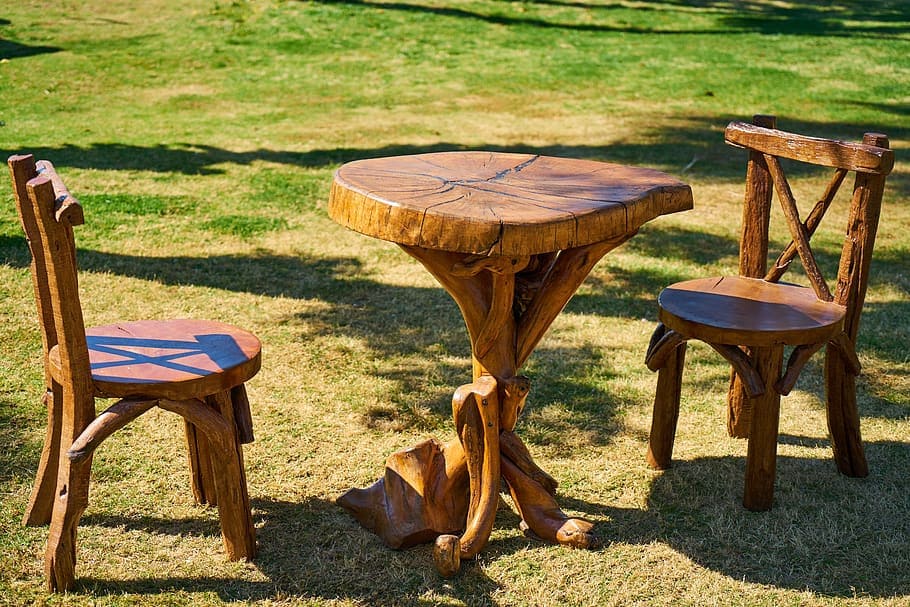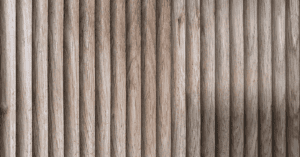
Nothing is more frustrating than a sticky finish on wooden furniture. If you used teak oil to treat wood surfaces but botched the job, I feel you. I had experienced the teak oil turning sticky before, so I was curious why it happened.
One of the common reasons why teak oil turns sticky is improper application. I experienced this first-hand when I did not immediately wipe off excess teak oil, resulting in a tacky finish. Teak oil also becomes sticky when you put too much of the product.
This article will cover the other reasons why your teak oil is sticky. I will also answer your questions about the drying time of this wood finish. But first, I will talk about the texture of teak oil and whether it should be naturally sticky or not.
Is Teak Oil Supposed To Be Sticky?
Yes and no. I know you might be confused by my answer, so allow me to clear things up.
Yes, teak oil might feel a little sticky before it has a chance to dry completely. It contains natural oils and additives that are slickly tacky to the touch.
But after the drying period, the teak oil finish is not supposed to be sticky anymore. Instead, it gives wooden surfaces a shiny yet smooth texture.
Why Is My Teak Oil Sticky?
If enough time has passed and you still have sticky teak oil, that means it has not dried correctly. Below are the common reasons why your teak oil finish is sticky.
Improper Application

Applying teak oil is relatively easy, but it involves several steps that some users might overlook.
First, you must clean and sand the wood surface before applying teak oil. If you skip this step, the wood will be uneven, preventing the surface oil from drying properly.
Once the wooden furniture is clean and smooth, you can apply the first coat of oil. The next step is when most people make a mistake. You must wipe off excess oil after a few minutes. Doing so ensures an even coat, allowing the oil to dry completely. Also, remember to remove any oil residue in between coats.
Large Amounts of Teak Oil
Another reason teak oil remains sticky is that you put too much of the product. If your initial application is thick, the mixture will take a long time to dry.
So instead of applying too much teak oil in one go, it is better to put on two to three thin coats of oil. Doing so allows enough time for the teak oil to dry properly. That ultimately prevents the sticky residue you get on your wood furniture.
Environmental Conditions

Temperatures also affect the drying process of the teak oil. If you apply the product to your teak outdoor furniture in extreme heat or cold, it will not dry properly. Only put teak oil on wood surfaces if the temperature falls between 60°F (15°C) and 85°F (30°C).
Humidity is another reason why your wood furniture feels slick with oil. It is best to use teak oil at times when relative humidity levels are low.
Low-Quality or Badly-Stored Oil
The last reason why your teak oil may feel sticky is the product itself.
Some teak oils have poor-quality ingredients that prevent the finish from drying properly. They leave a sticky residue on the wooden surface.
Improper storage of teak oil can also affect its drying and curing time. And if the product has been exposed to water or air, the oil can go bad. Bad teak oil eventually loses its ability to resist moisture and mildew. So always make sure the teak oil container is sealed and stored properly after use.
How Long Does It Take For Teak Oil To Dry?
It takes several minutes to a few hours for the teak oil to dry. However, the drying period can vary depending on many factors. These include the thickness of the application, the type of wood, temperature, and humidity levels.
What Is the Curing Time of Teak Oil? How Is It Different from Drying Time?
Teak oil can take anywhere from eight to twelve hours to fully cure. Much like the drying period, curing can depend on the current temperature, humidity, and type of wood you are treating.
Curing is different from drying, despite both terms being used interchangeably. Drying describes the process of liquid turning into a solid finish on the wooden surface. Meanwhile, curing is when the oil becomes a protective and UV-resistant film. The process of drying teak oil is a lot faster than curing.
Conclusion
Teak oil is naturally sticky when it is still wet on the wooden surface. But once it becomes fully dry and fully cured, the oil becomes a smooth, hard film. If you still have a sticky finish, there must be something wrong.
Your teak oil becomes sticky because of four main reasons. These include improper application, using large amounts of the product, extreme temperatures, and oil quality.
Are you interested in learning more about teak oil? Visit our blog page to discover other articles about teak oil.






